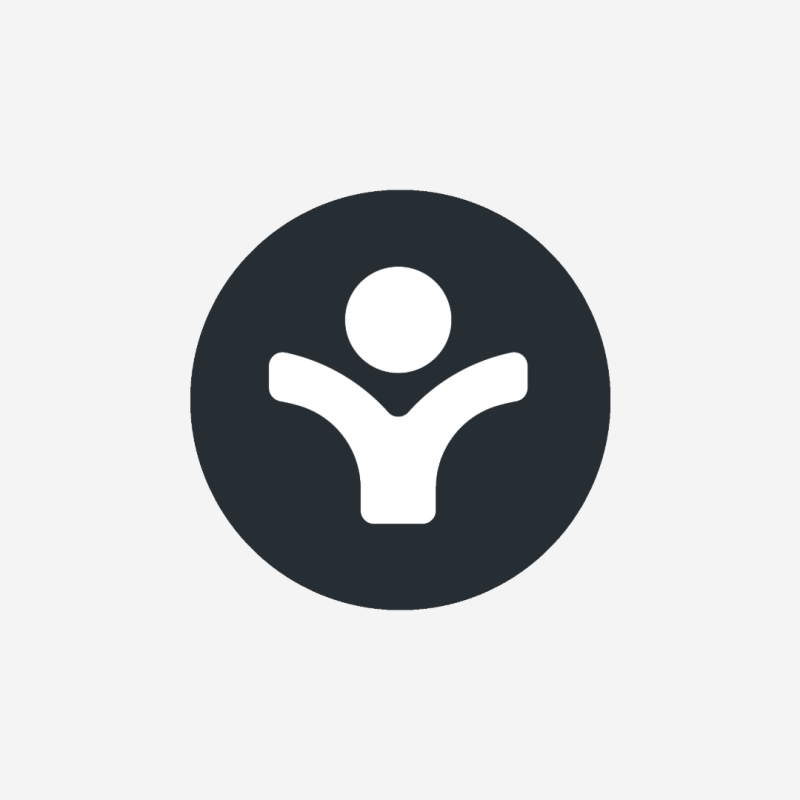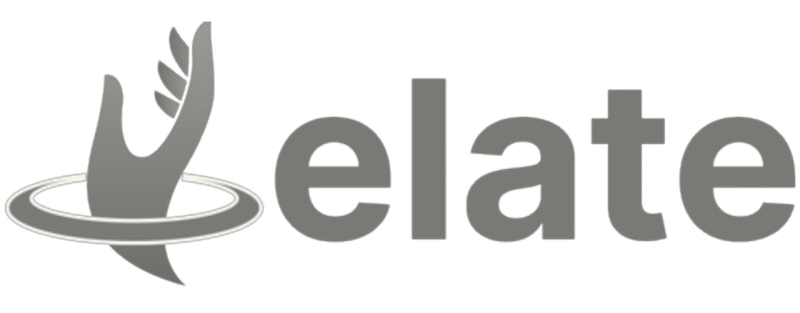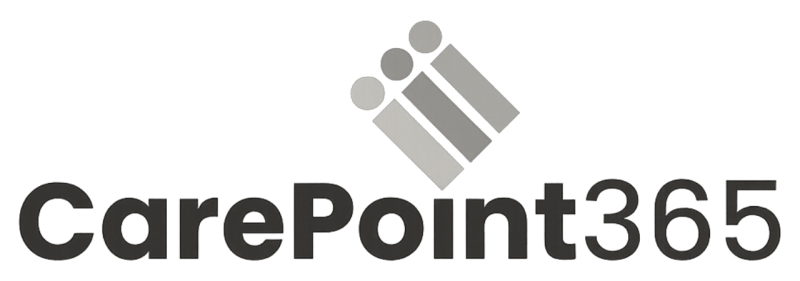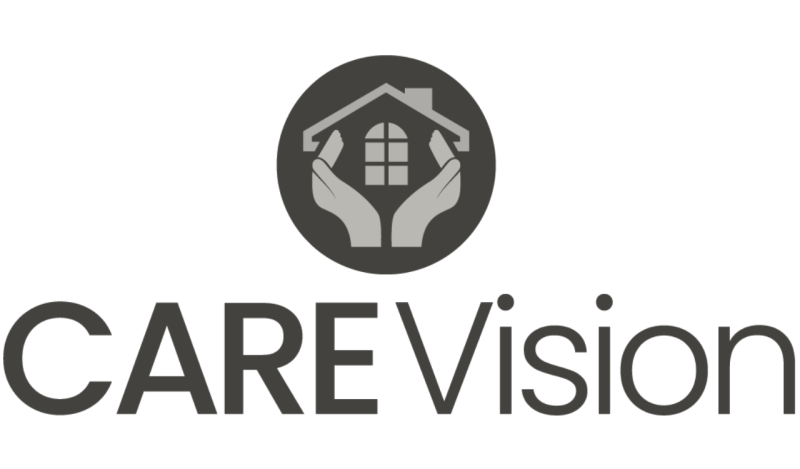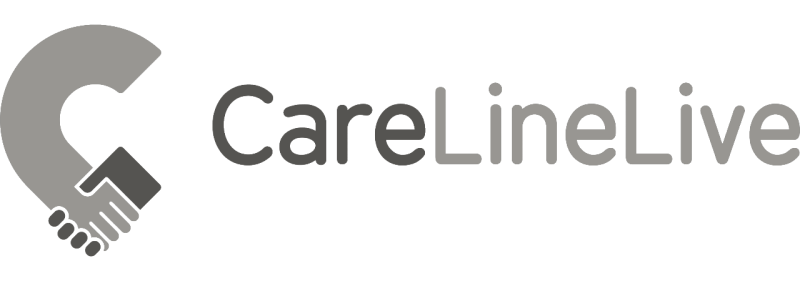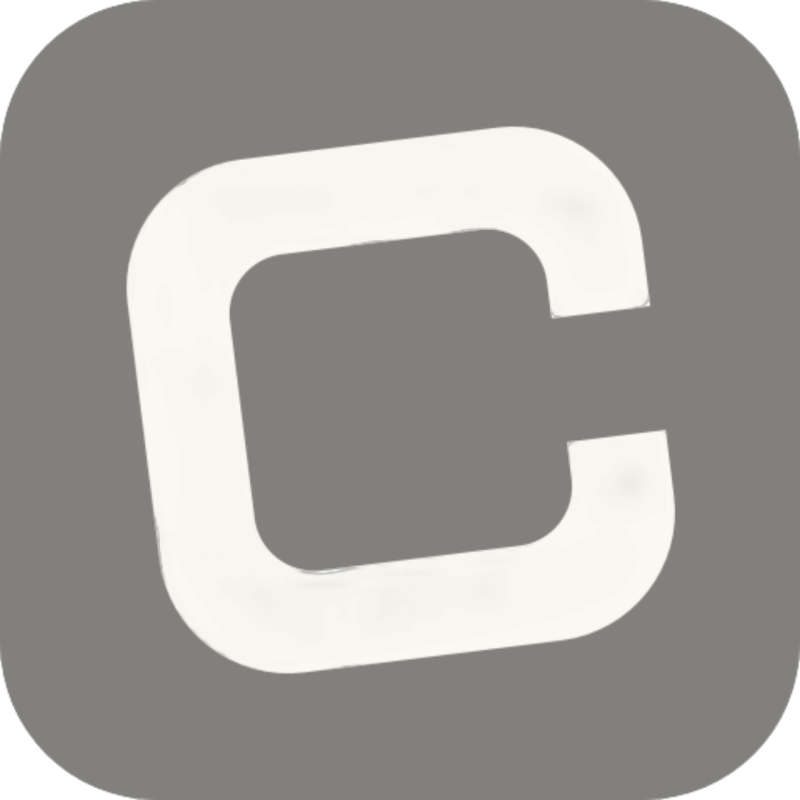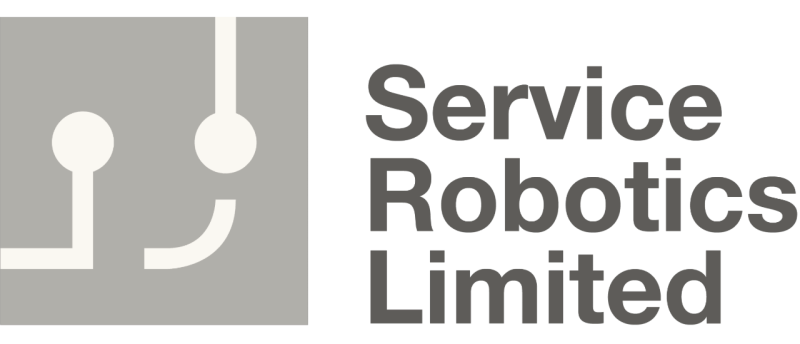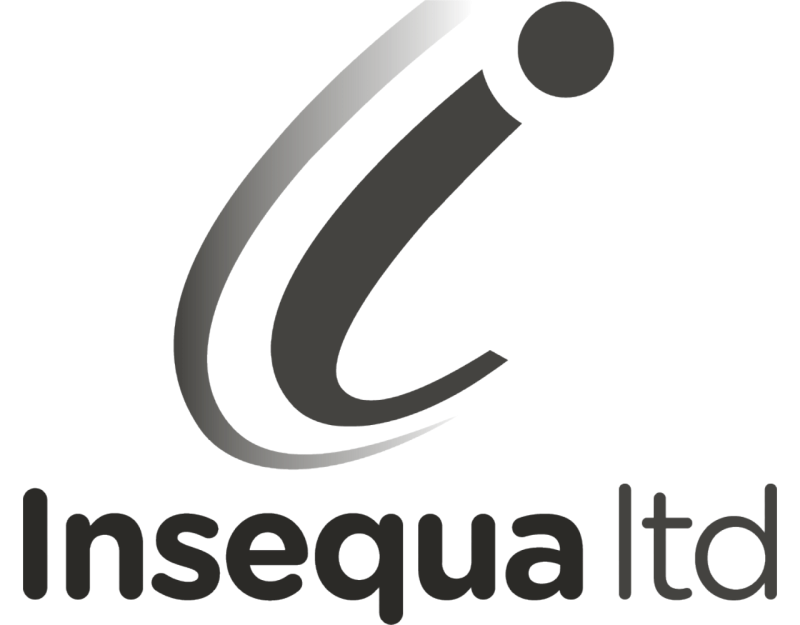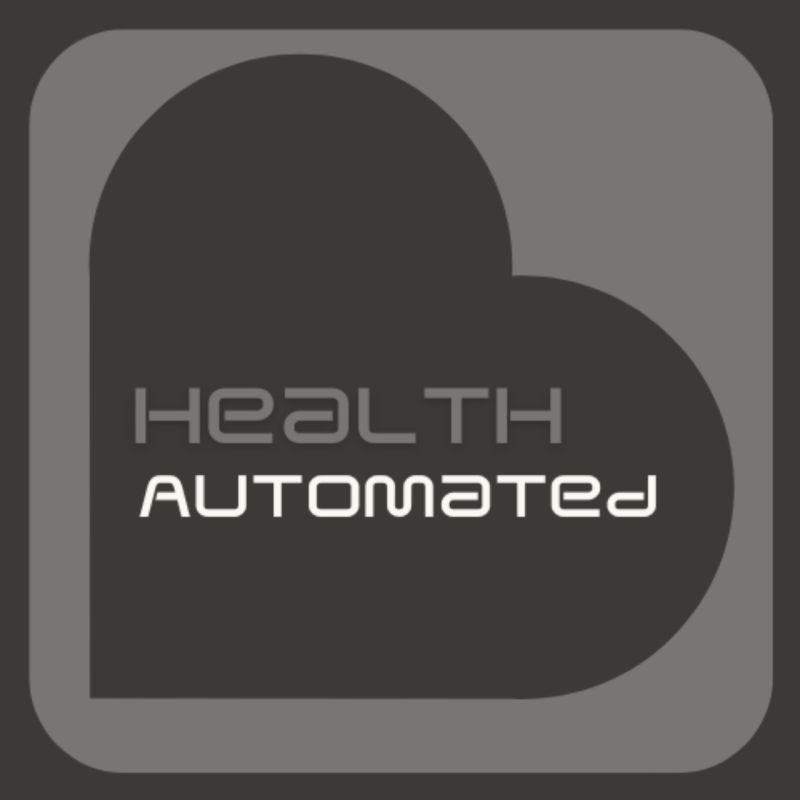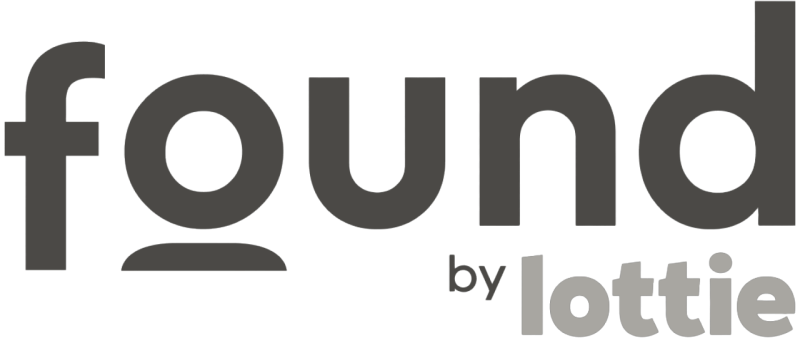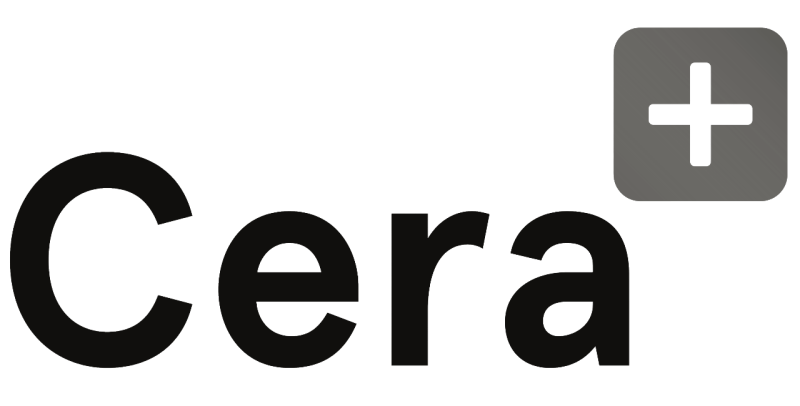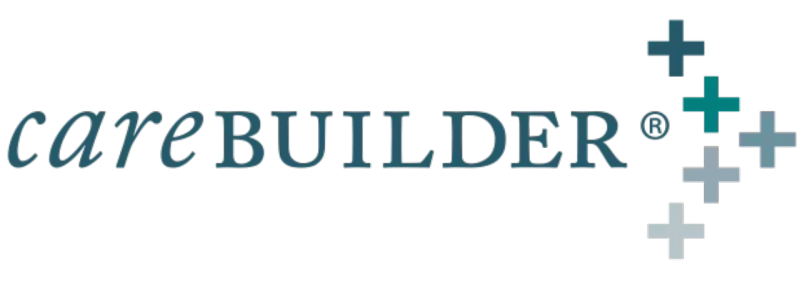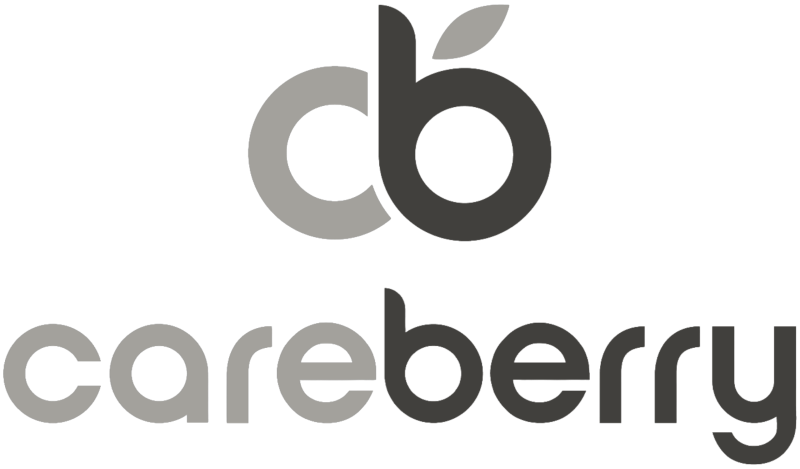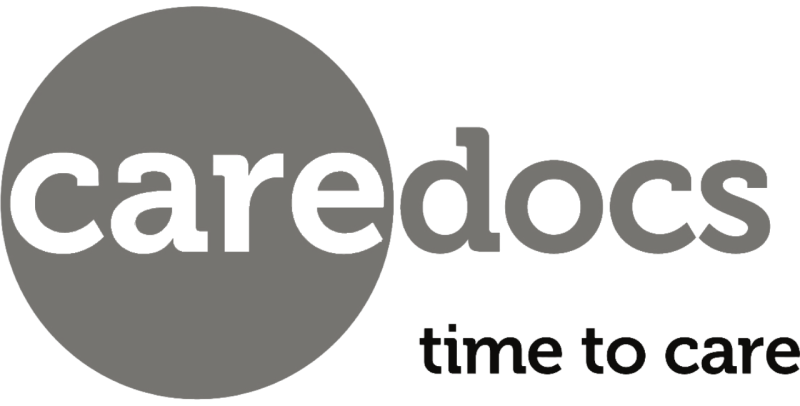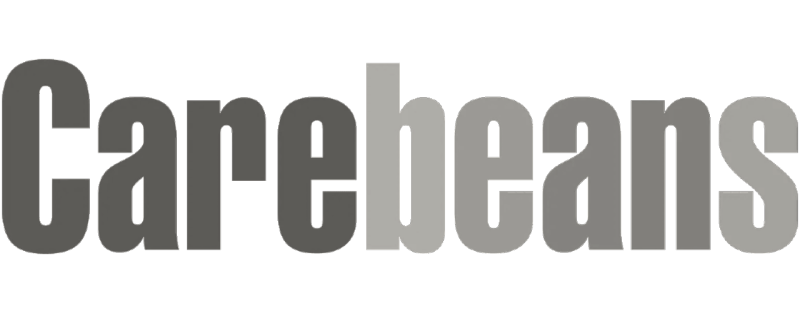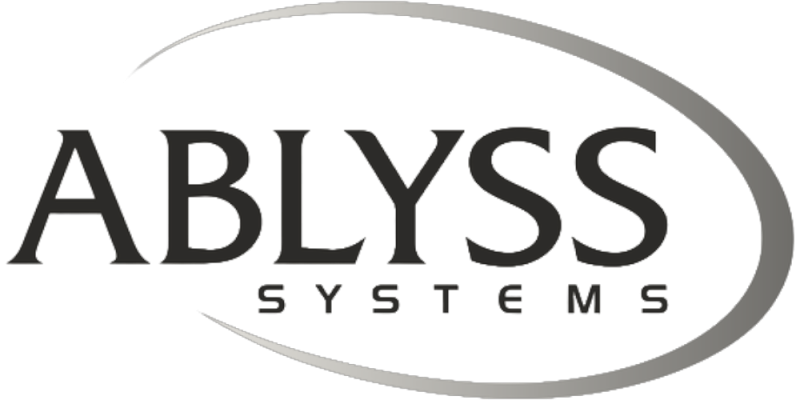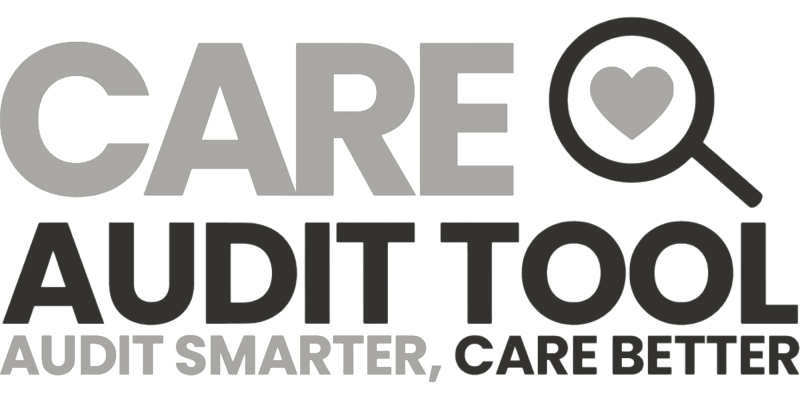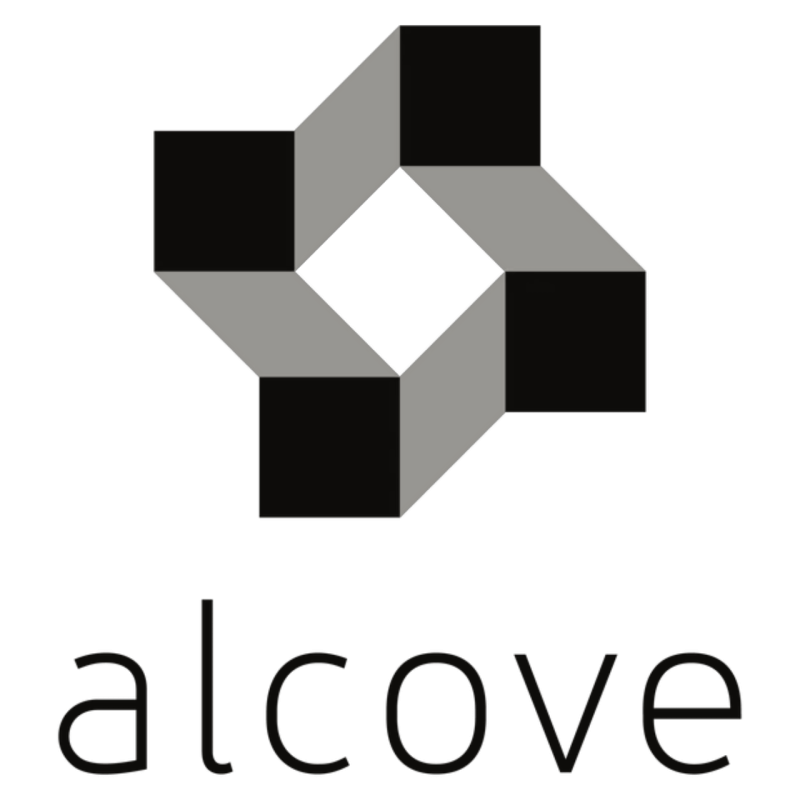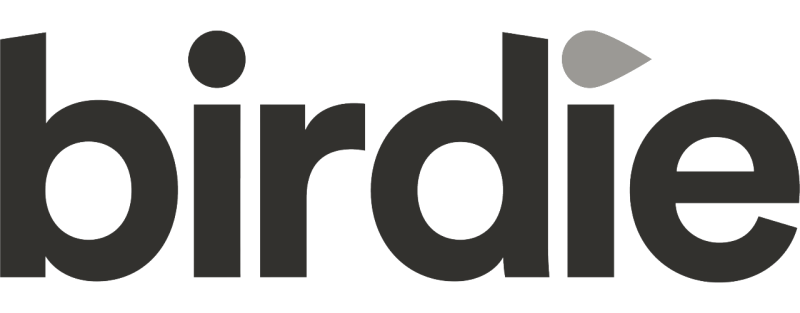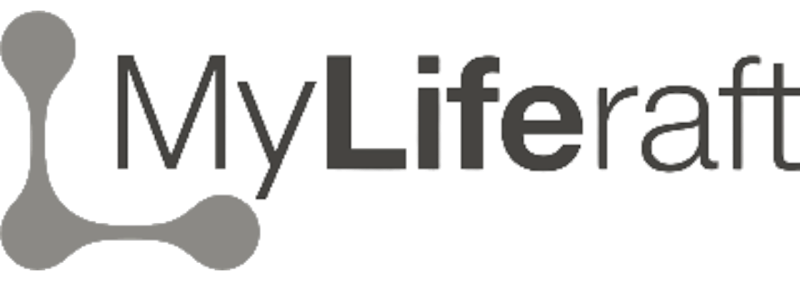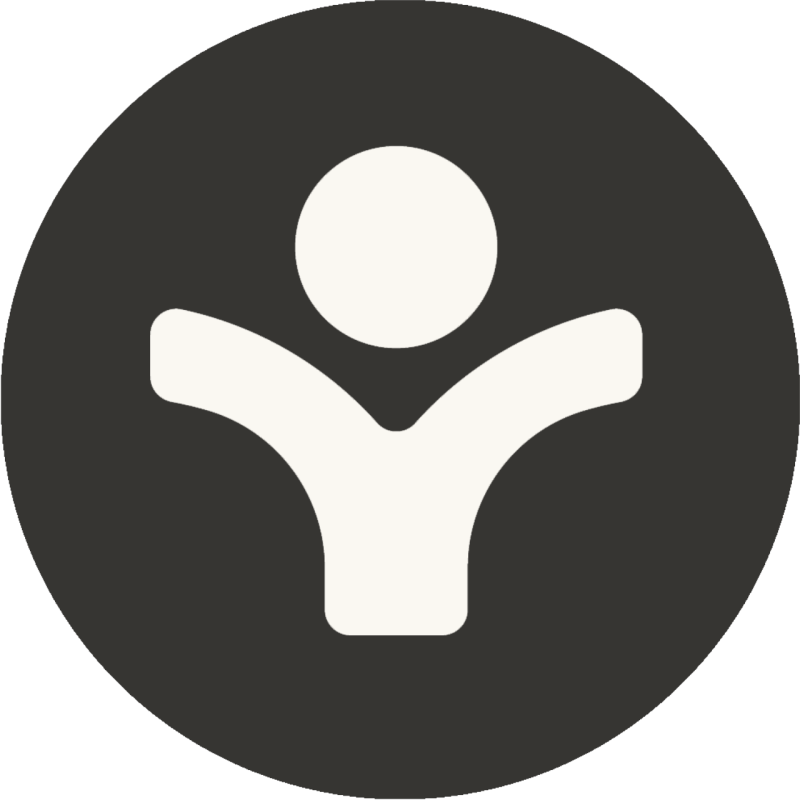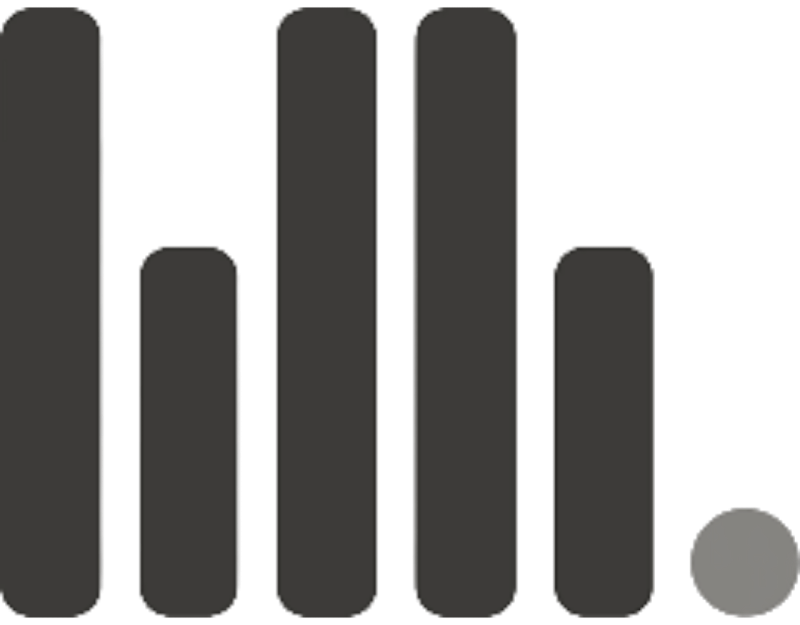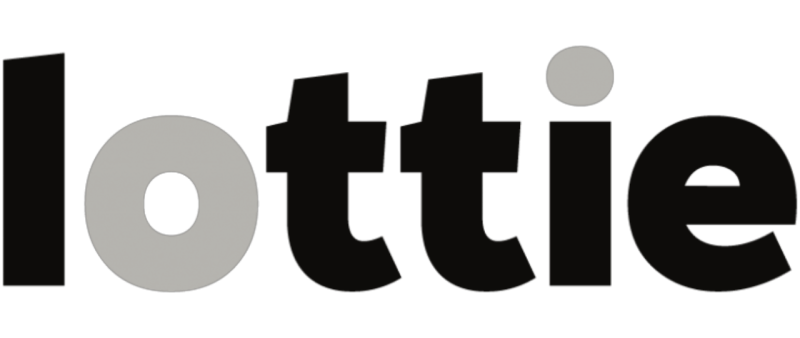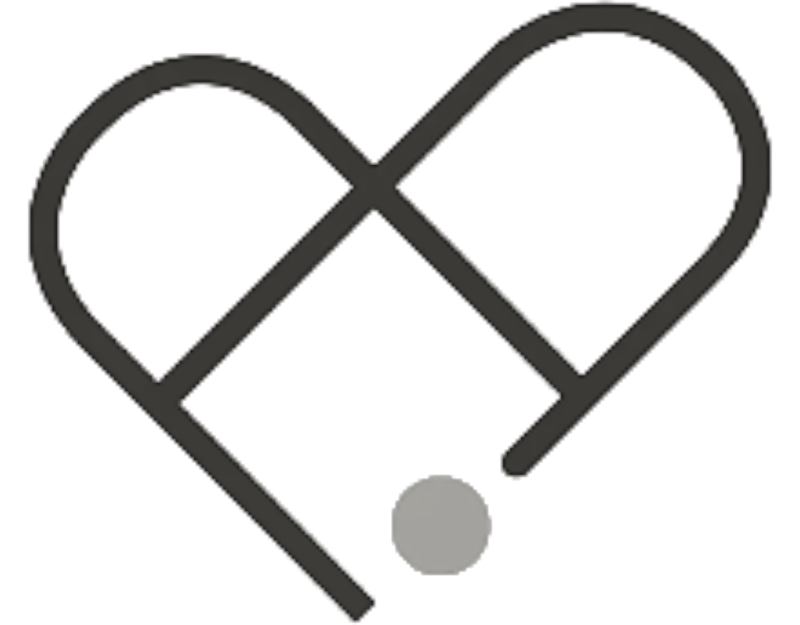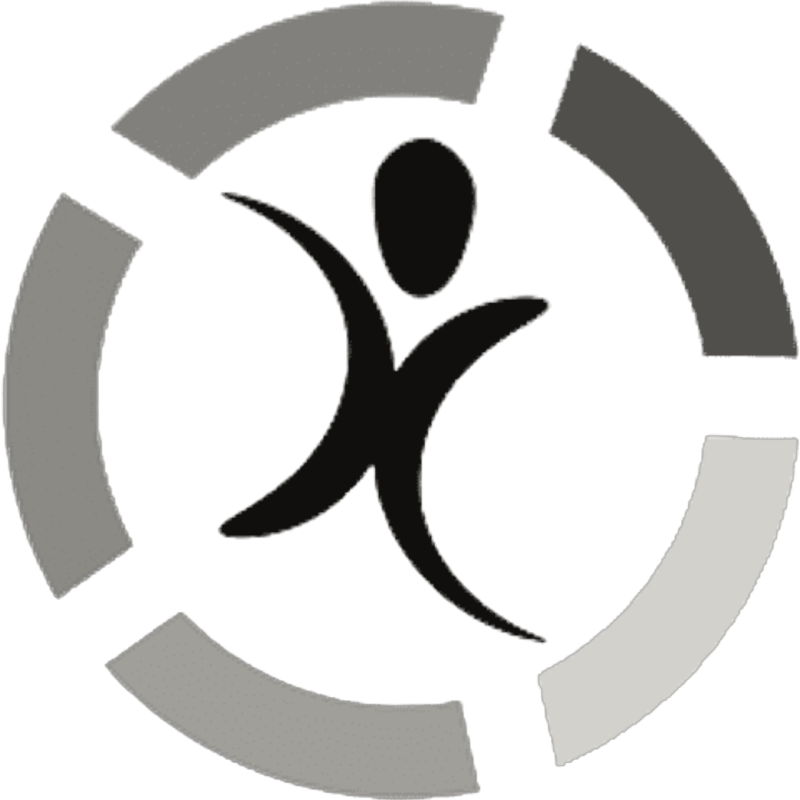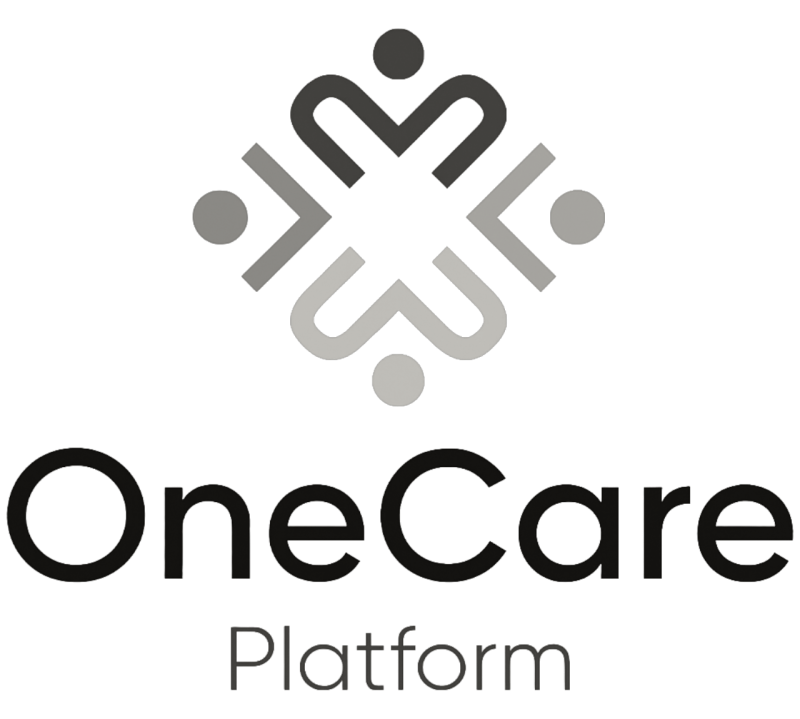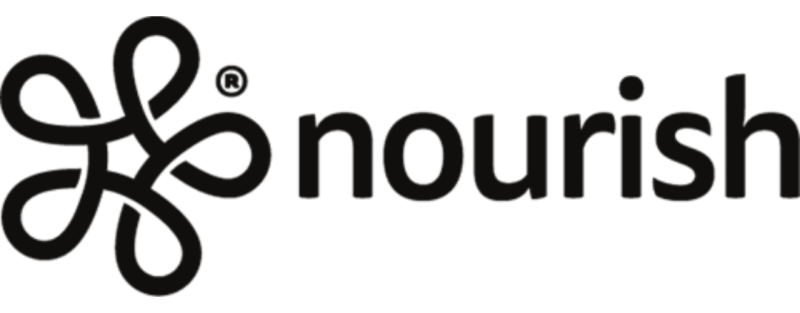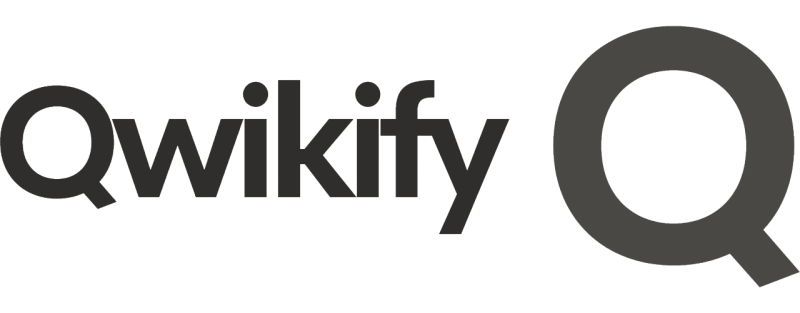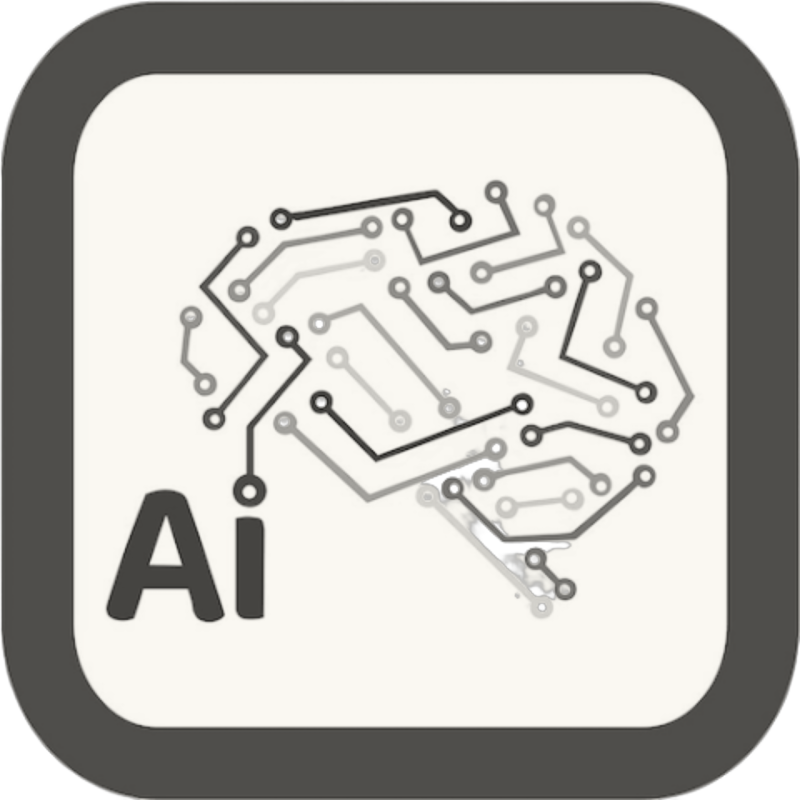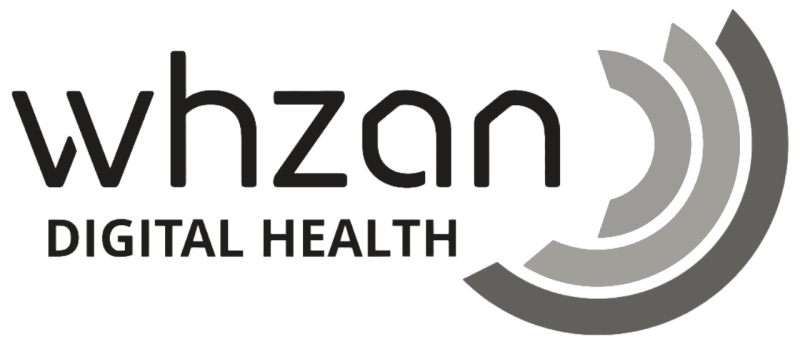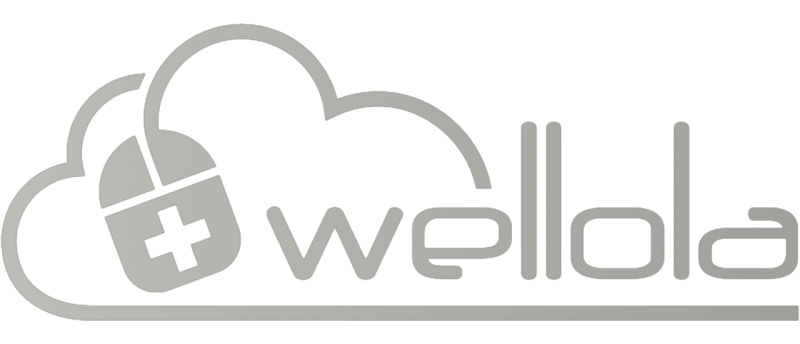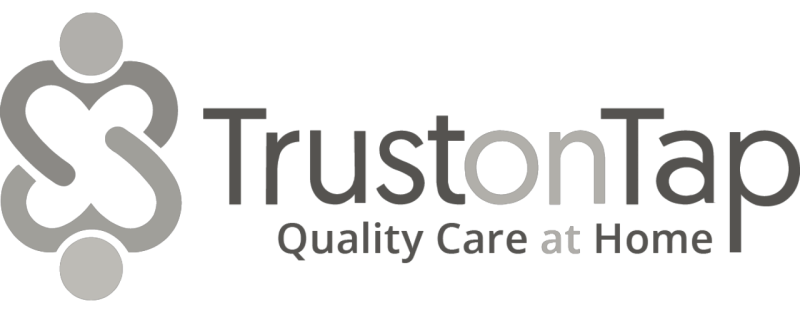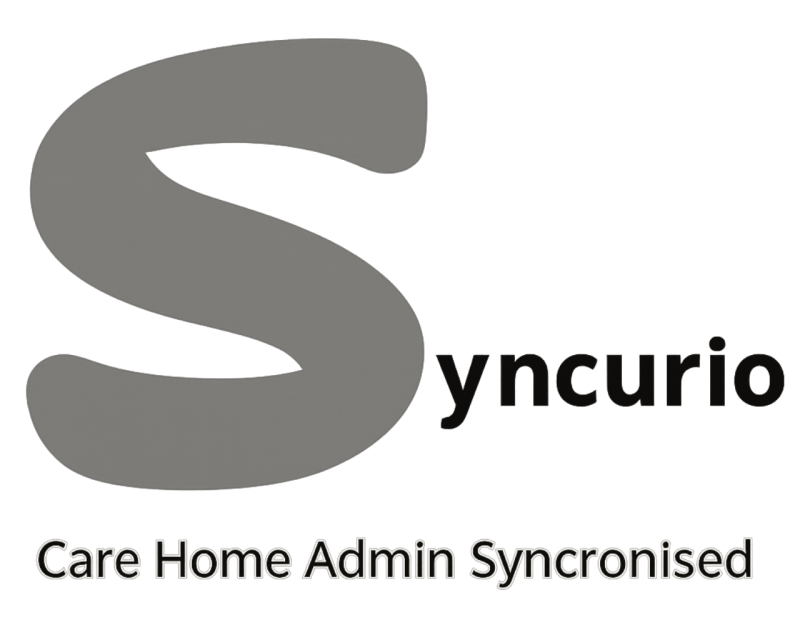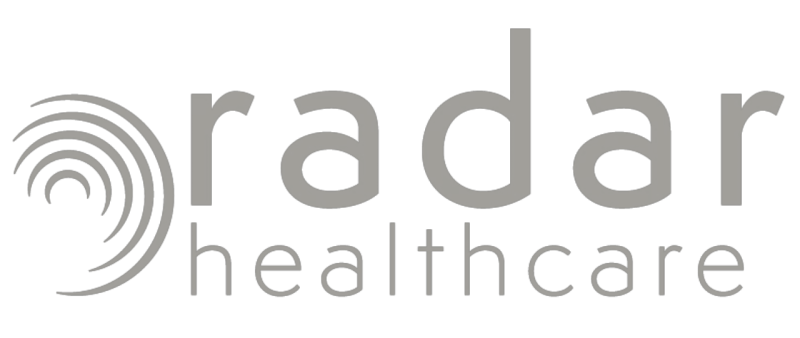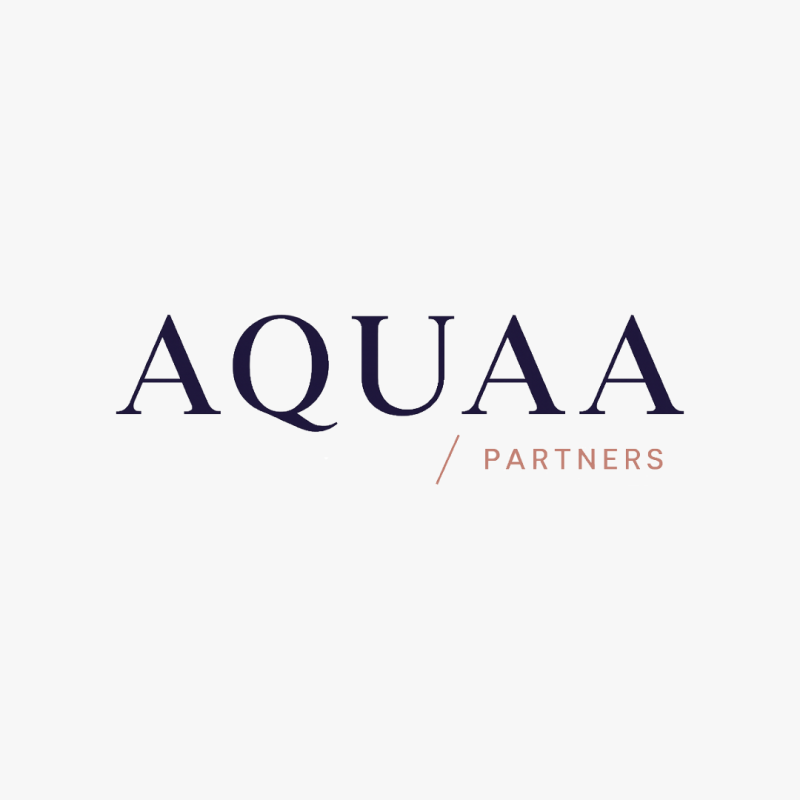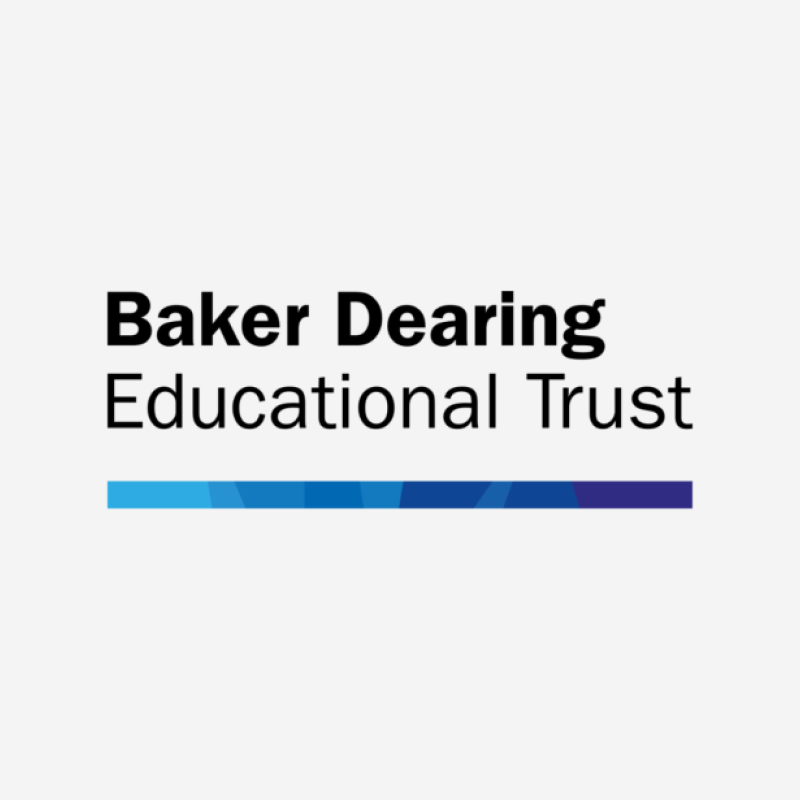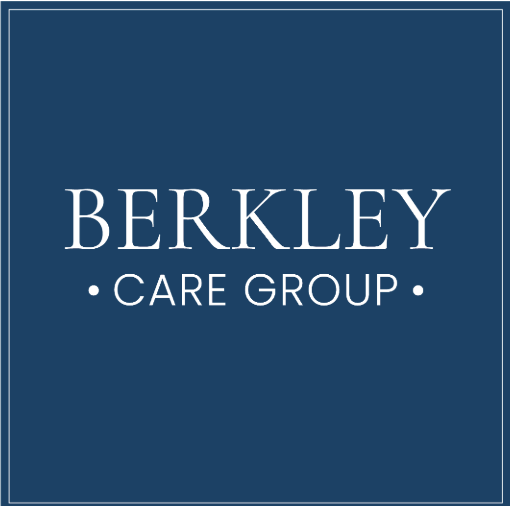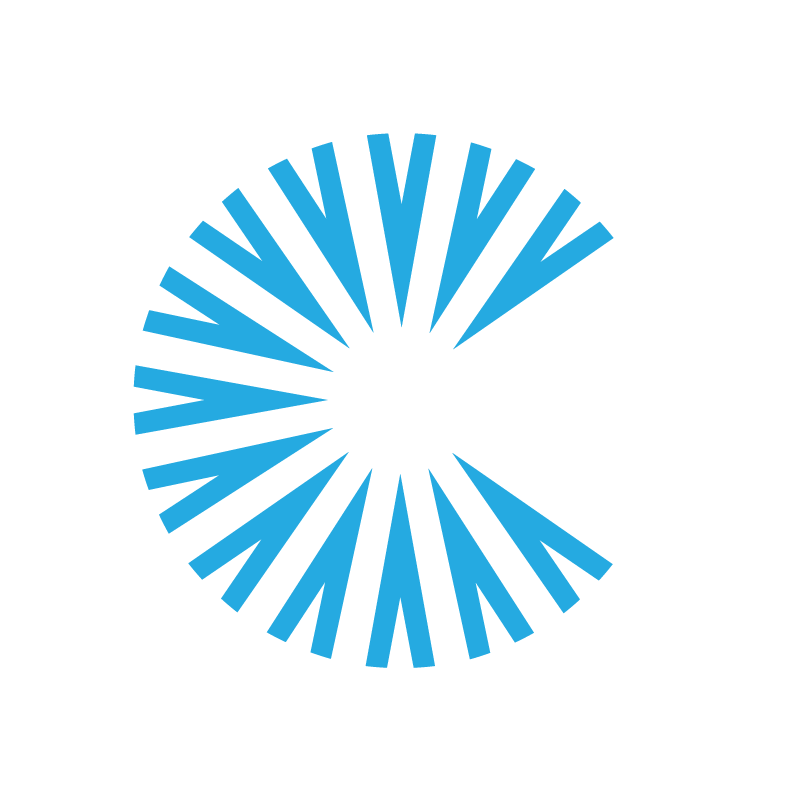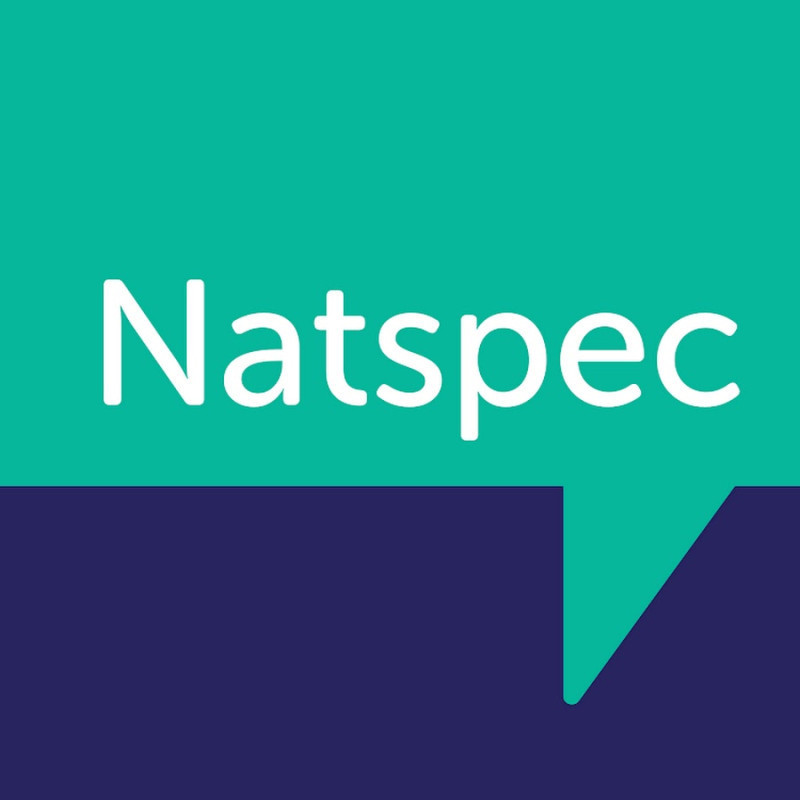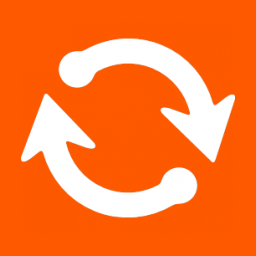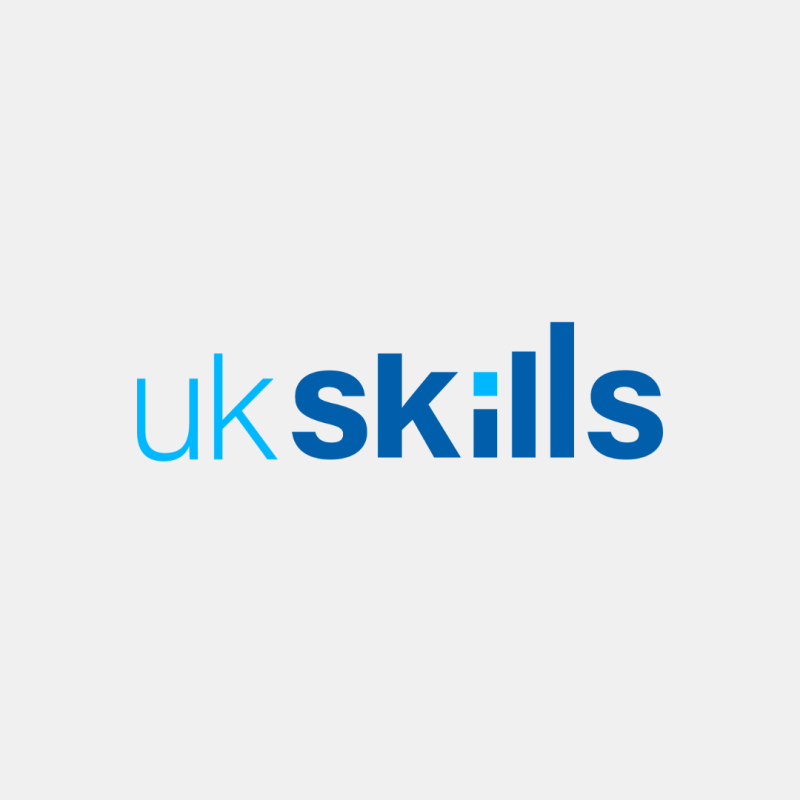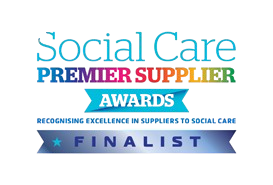Overview
Headquarters: London, United Kingdom
Categories: Care and Nursing Home Management (Clinical and Non‑Clinical Operations); Screening, Monitoring & Telecare; Patient Communication Platform; Compliance and Auditing Specialists
Core Product: KareInn (cloud‑based electronic care planning and management platform)
Introduction
KareInn is a UK‑based provider of next‑generation electronic care planning software, designed to help care homes and nursing providers deliver safer, more compliant, and more person‑centred care. Founded in 2014, KareInn has grown into one of the most recognised names in the UK’s digital care management sector, with its platform deployed across residential, nursing, and specialist care settings.
The system is built to address the dual challenges faced by care providers:
Rising regulatory demands from the Care Quality Commission (CQC) and other regulators.
Operational pressures caused by workforce shortages, increasing acuity, and the need for efficiency.
KareInn’s platform provides real‑time oversight, compliance assurance, and communication tools that keep staff and residents safe, informed, and engaged. Its design emphasises collaboration, transparency, and continuous improvement, making it a trusted partner for providers seeking to raise care standards and improve inspection outcomes.
User Feedback: Strengths and Weaknesses
Feedback for KareInn comes from case studies (Royal Hospital Chelsea, Manor Farm, Newday Nursing Home), sector reviews, and app store ratings. Overall, sentiment is strongly positive, though some caveats are noted.
Positive Feedback
Ease of use
Carers and managers describe KareInn as intuitive and straightforward. Staff with limited digital skills report being able to adapt quickly.
Compliance assurance
Providers highlight KareInn’s ability to keep them “always CQC ready.” The system generates inspection‑ready reports, audits, and action plans aligned with Key Lines of Enquiry (KLOEs).
Managerial oversight
Managers value the 360‑degree view across homes, with dashboards that provide real‑time visibility of care delivery, occupancy, and compliance.
Family engagement
The Family Portal is praised for improving communication and transparency. Families can view updates, care notes, and wellbeing information, reducing anxiety and building trust.
Customisation
Providers appreciate the ability to customise care plans, workflows, and reports to reflect their own policies and procedures.
Customer support
Testimonials consistently highlight KareInn’s onboarding and training support. Staff describe the team as responsive and knowledgeable.
Impact on CQC ratings
Case studies report improved inspection outcomes after adopting KareInn, with providers citing better evidence and oversight.
Negative Feedback
Learning curve for advanced features
While the basics are intuitive, managers note that advanced modules (e.g., analytics, dependency tracking) require training.
Integration scope
KareInn integrates with eMAR systems (e.g., Camascope) and training providers (e.g., Redcrier), but interoperability with wider NHS systems is still developing.
Mobile app variation
While the KareInn App is widely praised, some users note that not all desktop features are available on mobile.
Cost considerations
Smaller providers note that while KareInn delivers strong value, subscription costs may be higher than basic alternatives.
Limited independent review volume
Compared with larger competitors, KareInn has fewer publicly available third‑party reviews, though case studies are strong.
In summary, user sentiment is strongly positive around compliance, oversight, and family engagement, while challenges include integration scope, training for advanced features, and cost.
Products and Capabilities
KareInn Digital Care Management Platform
Care Planning and Documentation
Customisable care plans and assessments
Real‑time care notes and incident reporting
Risk assessments and dependency tracking
Resident‑led care planning with choice and voice
Compliance and Auditing
Inspection‑ready reports aligned with CQC KLOEs
Audit trails and accountability logs
Action plans and timelines for continuous improvement
Managerial Oversight
Dashboards providing a 360‑degree view across homes
Occupancy management and pipeline tracking
KPI monitoring and benchmarking
Family Portal
Secure access for families to view updates and wellbeing information
Improves transparency and trust
Reduces inbound calls and admin burden
Communication and Collaboration
Messaging tools for staff and families
Handover notes and task management
Nudges and reminders for staff
Analytics and Reporting
Real‑time reporting for managers and boards
Customisable reports for governance and compliance
Data‑driven insights for funding negotiations and dependency tracking
Mobile App (KareInn App 3)
Real‑time access to care plans and notes
Secure login and role‑based access
Offline functionality (limited)
Advanced analytics and reporting features
Interoperability and Standards
KareInn is designed as a secure, interoperable platform, with:
GDPR compliance: Encryption, secure hosting, and audit trails
CQC alignment: Always inspection‑ready with KLOE evidence
Integrations: Camascope eMAR, Redcrier training, and other health‑tech partners
Cloud‑based access: Available on desktop, tablet, and mobile
Accessibility: Inclusive design for staff and families
Market Position
KareInn operates primarily in the UK, serving:
Residential care homes
Nursing homes
Specialist care providers
Multi‑site care groups
It differentiates itself through:
Compliance assurance: Always CQC ready with inspection‑ready reports
Family engagement: Strong focus on transparency and communication
Managerial oversight: 360‑degree dashboards across homes
Customisation: Flexible workflows and care plans
Innovation: Continuous updates and app development
Competitors include Nourish, Person Centred Software, and Log my Care. KareInn positions itself as the compliance‑driven, family‑engagement alternative, particularly attractive to providers seeking oversight and inspection readiness.
Implementation and Support
KareInn emphasises a collaborative onboarding process, with:
Training for staff and managers
Dedicated account managers
24/7 customer support
Regular updates and feature enhancements
Case studies suggest providers find implementation straightforward, with staff adopting the system quickly due to its intuitive design.
Security and Data Protection
KareInn prioritises data security through GDPR compliance, ensuring sensitive health and personal information is managed lawfully and responsibly. The platform employs encryption and secure hosting to protect data in transit and at rest, while role‑based access controls restrict visibility to authorised users only. In addition, audit trails and accountability logs provide transparency over system activity, supporting governance and oversight.
To further strengthen resilience, KareInn implements disaster recovery and business continuity protocols, ensuring services can be restored quickly and reliably in the event of disruption. Together, these measures create a robust security framework that supports compliance, operational reliability, and confidence in the protection of sensitive care data.
Conclusion
KareInn is a leading UK provider of electronic care planning and management software, offering a comprehensive platform that unifies care planning, compliance, oversight, and family engagement. Its strength lies in compliance assurance, managerial oversight, and transparency, making it a trusted partner for providers seeking to improve inspection outcomes and resident wellbeing.
User feedback consistently highlights ease of use, compliance readiness, and family engagement, while challenges include integration scope, training for advanced features, and cost.
For care providers seeking a trusted, compliance‑driven platform that improves oversight, communication, and inspection readiness, KareInn represents a credible and innovative option. Its emphasis on transparency, family engagement, and continuous improvement positions it as a key player in the UK care management software market.
References
KareInn – Official Website https://kareinn.com/
WeDoWebApps – KareInn App Overview https://www.wedowebapps.co.uk/kareinn-app-care-home-technology/
Electronic Specifier – KareInn App: Empowering Care Homes with Tech https://www.electronicspecifier.com/industries/medical/kareinn-app-empowering-uk-care-homes-with-technology/
